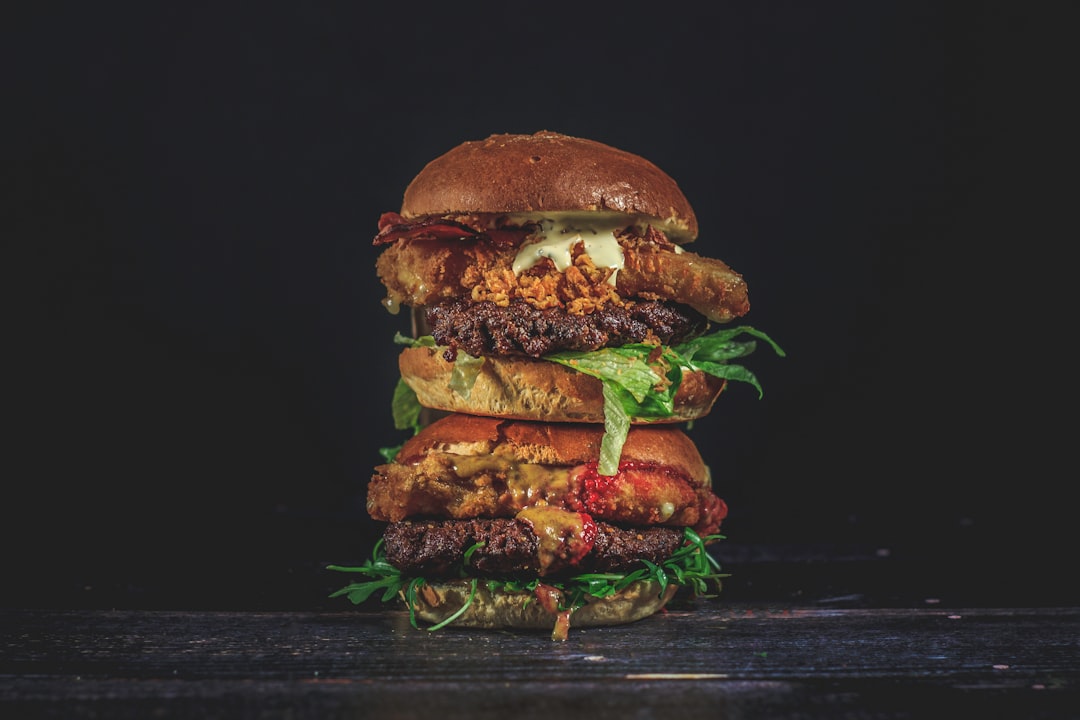Wine has been enjoyed for centuries, but for many people, the world of wine pairing can seem overwhelming. With so many different types of wines and so many different types of foods, how can you know which wine to pair with which dish? Fear not, because in this ultimate guide to wine pairing, we will break down the basic principles of wine pairing and give you some tips to make the process easier.
The basic principle of wine pairing is that the wine should complement the flavors of the food, rather than overpowering them. A well-paired wine can enhance the flavors of your meal and make the dining experience more enjoyable. When pairing wine with food, it’s important to consider the acidity, sweetness, and body of the wine, as well as the flavors of the dish.
One of the most basic rules of wine pairing is that white wine pairs best with lighter foods, such as salads, seafood, and poultry, while red wine pairs best with richer foods, such as red meat and pasta. However, there are exceptions to this rule, and you shouldn’t be afraid to experiment and try new combinations.
When pairing wine with food, it’s important to consider the acidity of the wine. Acidity in wine can help to cut through the richness of a dish and cleanse the palate. For example, a high-acid wine like Sauvignon Blanc pairs well with rich, creamy dishes like fettuccine alfredo, while a low-acid wine like Merlot pairs better with lighter fare like grilled chicken.
Another important factor to consider when pairing wine with food is sweetness. Sweeter wines, such as Riesling or Moscato, pair well with spicy dishes, as the sweetness can help to balance out the heat. On the other hand, dry wines, such as Chardonnay or Cabernet Sauvignon, pair well with savory foods like steak or roasted vegetables.
Body is another important factor to consider when pairing wine with food. The body of a wine refers to its weight and texture, with light-bodied wines being more delicate and full-bodied wines being more robust. Light-bodied wines like Pinot Noir pair well with delicate dishes like fish or salad, while full-bodied wines like Cabernet Sauvignon pair well with hearty dishes like steak or lasagna.
Now that you have a basic understanding of the principles of wine pairing, let’s break down some specific wine and food pairings to get you started.
For white wine lovers, a classic pairing is Chardonnay with grilled chicken or seafood. The buttery notes of the Chardonnay complement the flavors of the grilled chicken or seafood perfectly. Another great pairing is Sauvignon Blanc with a crisp salad or a light pasta dish. The acidity of the Sauvignon Blanc can help to cut through the richness of the salad dressing or pasta sauce.
If you prefer red wine, a classic pairing is Cabernet Sauvignon with a juicy steak. The bold flavors of the Cabernet Sauvignon can stand up to the richness of the steak, making for a delicious combination. Another great pairing is Pinot Noir with roasted vegetables or a mushroom risotto. The earthy notes of the Pinot Noir complement the flavors of the vegetables or mushrooms perfectly.
For those who enjoy sweeter wines, try pairing a Riesling with spicy Thai or Indian food. The sweetness of the Riesling can help to balance out the heat of the spices, making for a harmonious pairing. Another great pairing is Moscato with a fruit tart or a cheese plate. The sweetness of the Moscato can enhance the flavors of the fruit or cheese, making for a delightful dessert.
When in doubt, remember that food and wine pairing is ultimately a matter of personal preference. There are no hard and fast rules, so don’t be afraid to experiment and try new combinations. Trust your own palate and have fun exploring the world of wine pairing.
In conclusion, wine pairing can seem intimidating at first, but with a basic understanding of the principles and a willingness to experiment, you can become a pro in no time. Remember to consider the acidity, sweetness, and body of the wine, as well as the flavors of the dish, when choosing a wine to pair with your meal. And most importantly, trust your own palate and have fun exploring the wonderful world of wine pairing. Cheers!

